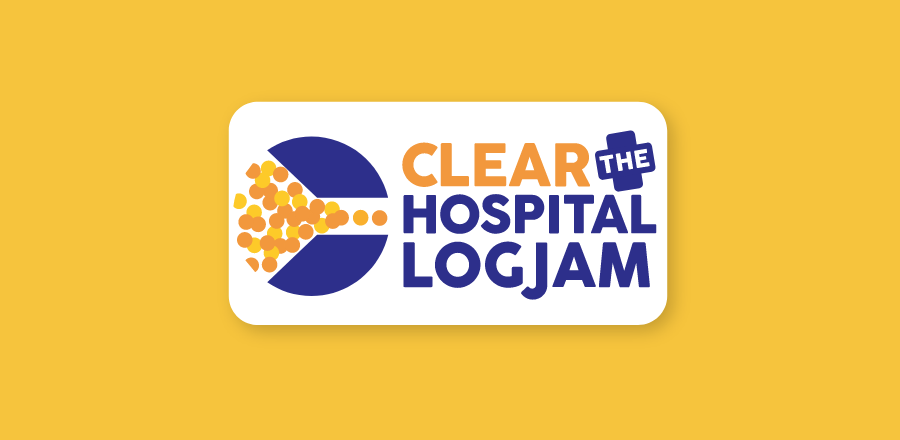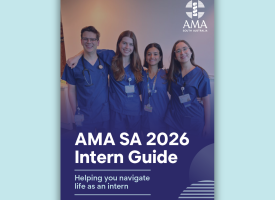AMA’s ‘hospital logjam finder’ deployed
There has been a good response to the launch of the AMA’s ‘hospital logjam finder’, with many people writing to their MPs urging them to act on public hospital funding.

There has been a good response to the launch of the AMA’s ‘hospital logjam finder’, with many people writing to their MPs urging them to act on public hospital funding.
The ‘Hospital logjam finder‘ is the latest weapon deployed in the AMA’s campaign to change the way our public hospitals are funded, Clear the hospital logjam.
The online feature invites voters to discover how their local hospitals are coping. They are then prompted to email their MP, seeking a commitment to act for more funding to help our hospitals, if elected.
AMA president Dr Omar Khorshid launched the new feature on morning television last Sunday and the story was covered in News Corp papers around the country, helping the campaign gain momentum. The campaign has had engagement from more than 300 voters already, with 90 people sharing their personal experiences of hospital logjams on the campaign website.
Using the latest hospital data from the Australian Institute of Health and Welfare, the logjam finder ranks hospital performance on Emergency Department (ED) response times and whether essential (elective) surgery was carried out in the recommended timeframe.
Voters enter their postcode into the logjam finder and see their local hospitals rated with a traffic light system, indicating the percentage of patients which received care within the clinically recommended time.
If 95 per cent of patients received care within the clinically recommended time, a green smiley face appears. An amber grimace indicates between 85 and 94 per cent of patients received care on time, or their performance was unknown. A red sad face means less than 84 per cent of patients received care within the clinically recommended time.
The logjam finder shows out of 201 of Australia’s public hospitals, only 15 received a green light against all eight categories measured and 54 received five or more red lights against the possible eight indicators.
“Our public hospitals should really have received all green lights, because we are talking about the clinically recommended timeframe – what the medical profession says is required to deliver the best outcomes for patients, and there are some hospitals achieving this, but 15 out of 201 is far too few,” Dr Khorshid said.
“I think Australians will be shocked when they use the logjam finder and see the pressure their local hospitals are under. They are justified in asking their MP: ‘is this what we have to accept for our hospitals?’ And, of course, the answer is no.
“We’re asking voters to tell their MP it’s not good enough and they need to act to fix the hospital funding crisis, so our hospitals are future-proofed for the care and world-class performance Australians expect.



